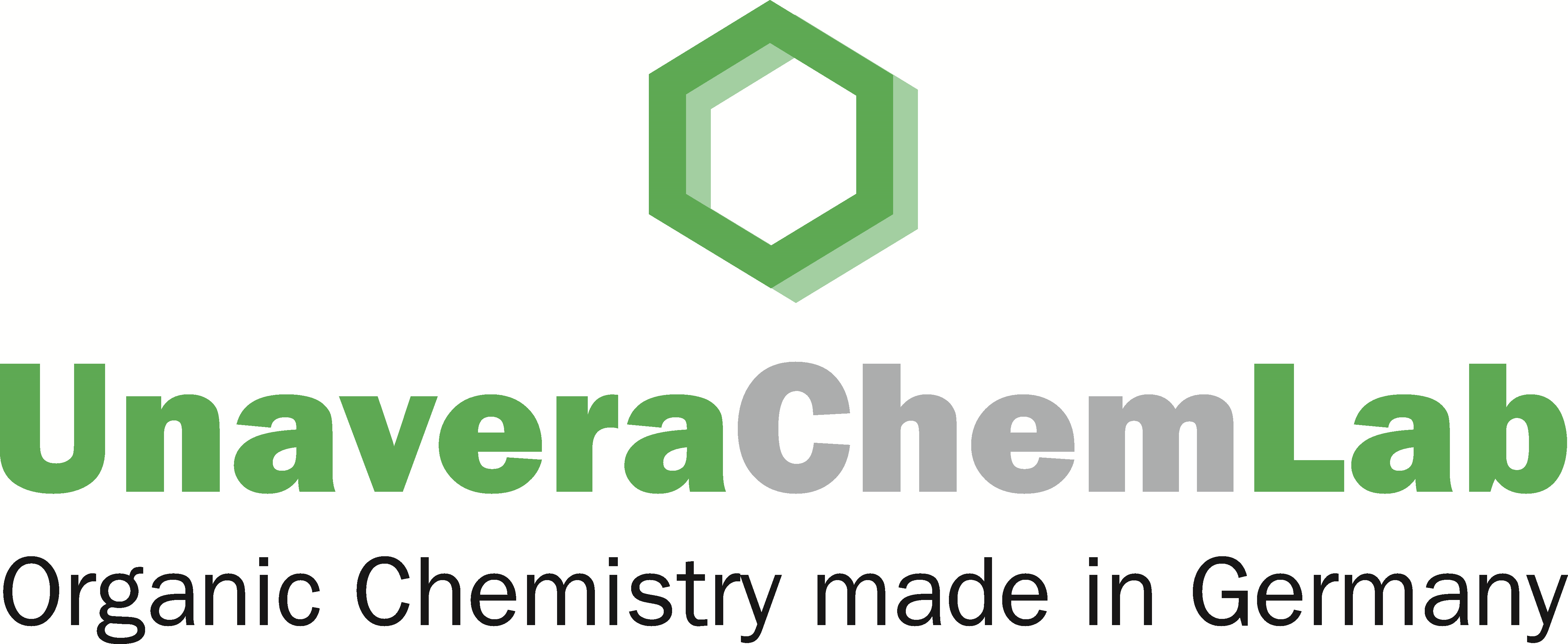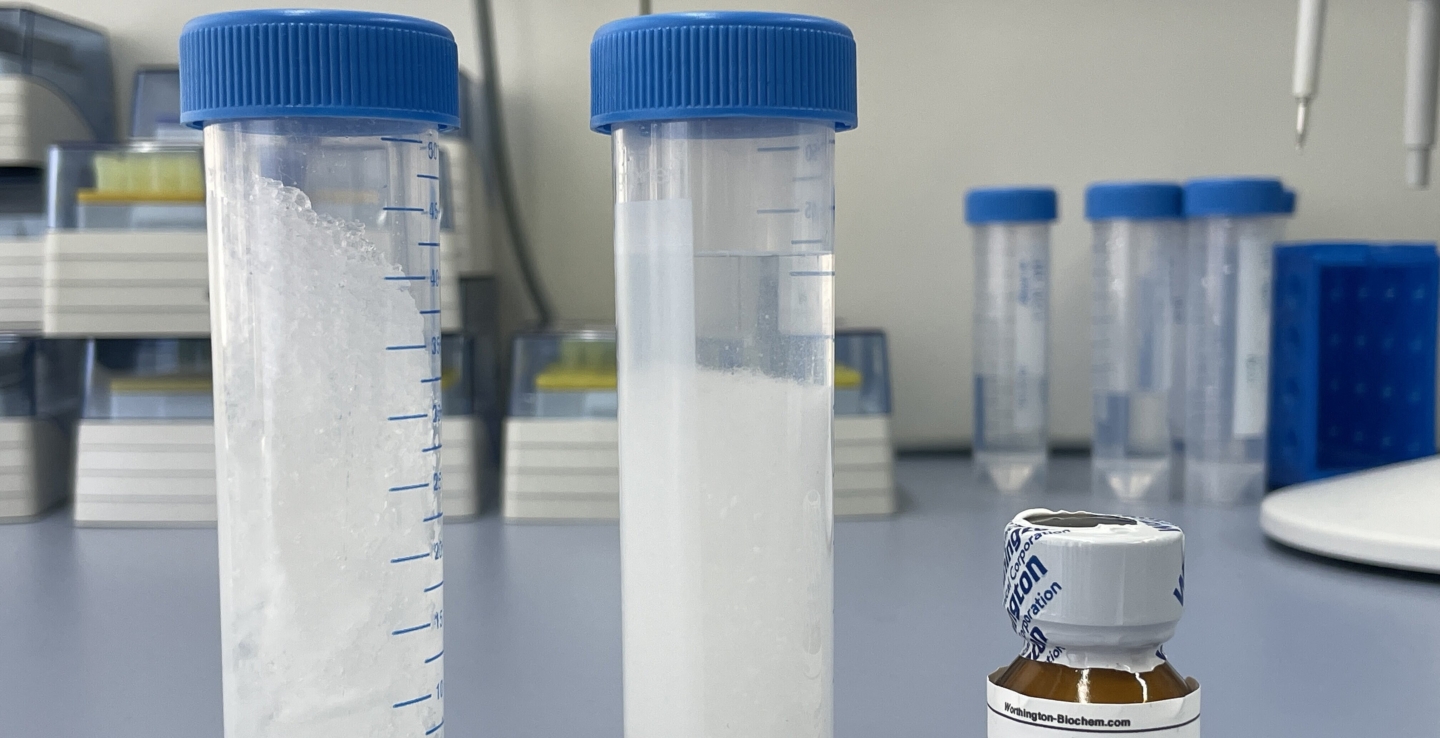Bioplastics and plastics recycling
We cannot imagine our daily life without plastics. Generally, the day starts and ends with a toothbrush, typically completely made of plastics. Plastics take over varying tasks, like packaging for the protection of food or medicine ensuring the products’ hygiene and durability. As plastics barely conduct heat, houses are isolated with corresponding insulating materials to avoid heat loss. Polymer components almost do not corrode, are light-weighted but durable and thus are resistant to many outside influences over a long period. Apparel made of synthetic fiber textiles or of synthetic fiber components can provide comfortable wearability properties as well as functionalities such as water repellency and/or breathability.
However, we should not oversee the disadvantages of polymers and their occurring hazards. Immediate advantageous properties, like outstanding durability, could be a tremendous disadvantage if it is disposed in nature. Then, polymers are only degraded extremely slowly in nature and will remain as waste for centuries to come. In addition, we can nowadays find nano plastic particles everywhere: added in toothpaste or detergents, to improve its cleaning impact, or in cosmetics to boost the covering power.

Biopolymers make the difference
Next to these environmental and health hazards, there remain other non-solved functionality deficiencies related to petro-chemical plastics. For instance, compound systems from different plastics are required to achieve varied barrier effects in packaging to protect food. These systems lead to a limited recyclability and lastly to a “downcycling”, as these materials, produced at great effort, cannot be separated at their end of life.
Therefore, it is important to substitute petro-chemical plastic products with environmentally friendly alternatives at large scale as soon as possible. These alternatives must ensure the positive application properties of plastic materials in daily use and must not lead to the mentioned, negative environmental impacts and health hazards. “Bioplastics” lend themselves as these alternatives due to their nearly similar characteristics, related material properties and manufacturing processes. On top of that, we can expect properties (e.g., barrier effects) of certain biopolymers that cannot be met by petro-chemical plastics. The most well-known, technically usable, bio-based polymers comprise polylactide (PLA), polybutyl-succinate (PBS), an polysaccharides like starch and polyhydroxyalkanoate (PHA).
Networks
-
BioPlastik
In the “BioPlastik” cooperation network, partners from industry and academia work together under the management of IBB Netzwerk GmbH. The…
-
Plastics Recycling
With the newly established “Plastics Recycling” network, we would like to represent the entire value chain. Thus, among others, suppliers…
News
-
After four years of impactful collaboration, the European project BIOMAC – European Sustainable BIO-based nanoMAterials Community is concluding its EU-funded phase. With over €14 million in support…
-
European Bioplastics published a paper on the Industrial use of agricultural materials as feedstock for biobased plastics.
18.06.2025NewsThe transition to a bio-based economy is crucial for achieving the EU’s goal of climate neutrality by 2050. Bioplastics, which can be bio-based, biodegradable, or both, play a key role by replacing…
-
In the KIOptiPack innovation lab, researchers from the Fraunhofer Institute for Process Engineering and Packaging IVV are working with 51 partners from industry and the research sector to develop…
-
Fraunhofer researchers have succeeded in developing sustainable new seals that are free from environmentally harmful substances like PFAS and suitable for water-based lubricants.
-
Renewable Materials Conference 2025: Nominees for the Innovation Award & Final Programme Unveiled
02.06.2025NewsLatest update on the world’s largest conference on innovative and renewable chemicals and materials, fossil-free plastics and related policies from 22 – 24 September 2025 in Siegburg/Cologne (Germany)
-
Milestone in diaper recycling: NMI succeeds in degrading cellulose in composite materials
19.05.2025NewsPaper, glass, plastic, even concrete: many materials are now recycled. For diapers, on the other hand, this is still almost impossible.
Events
-
02. — 03. December 2025 | Berlin, Germany
-
22. — 24. September 2025 | Siegburg, Germany
-
16. – 18. September 2025 | Basel, Switzerland



















